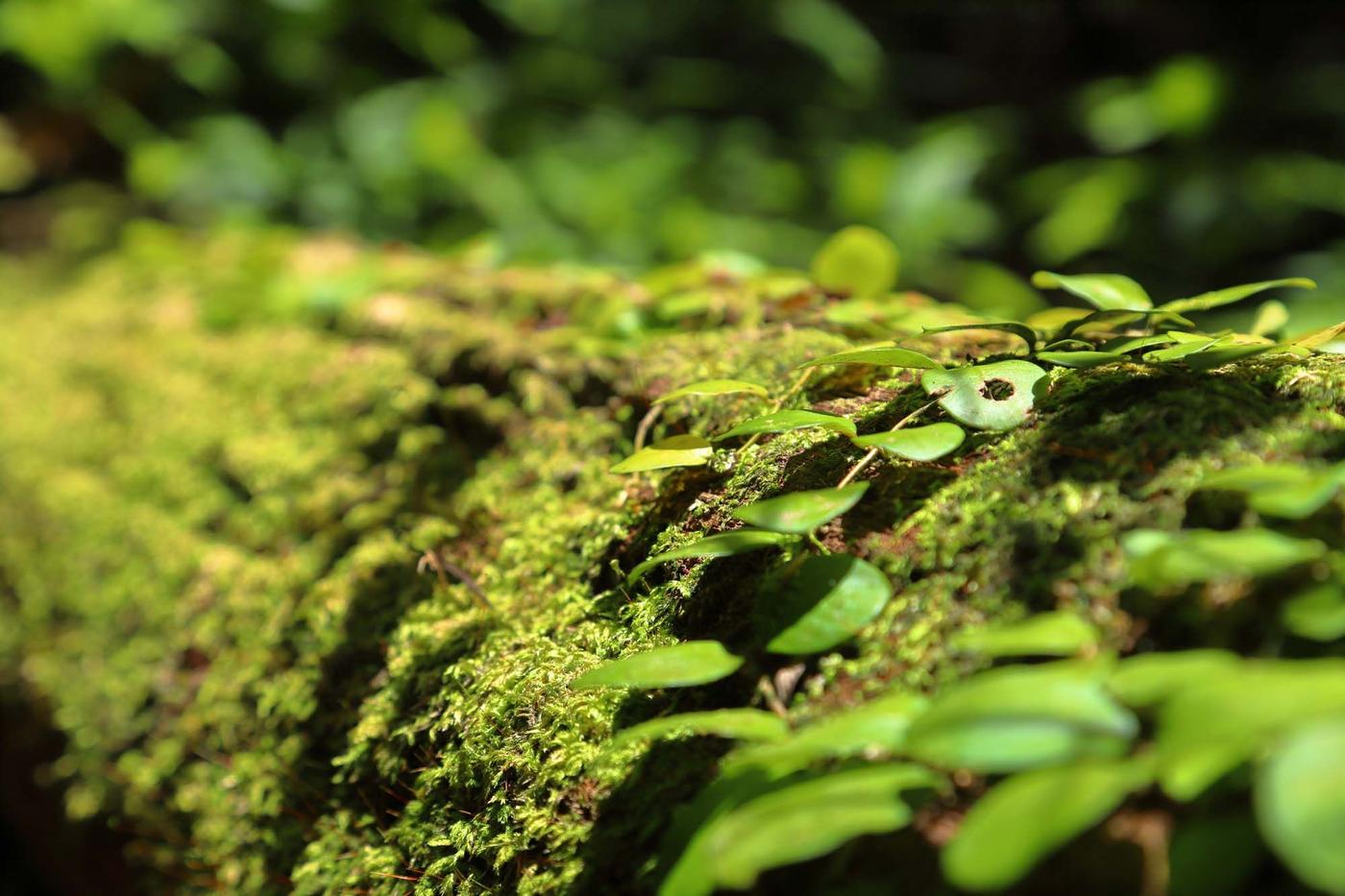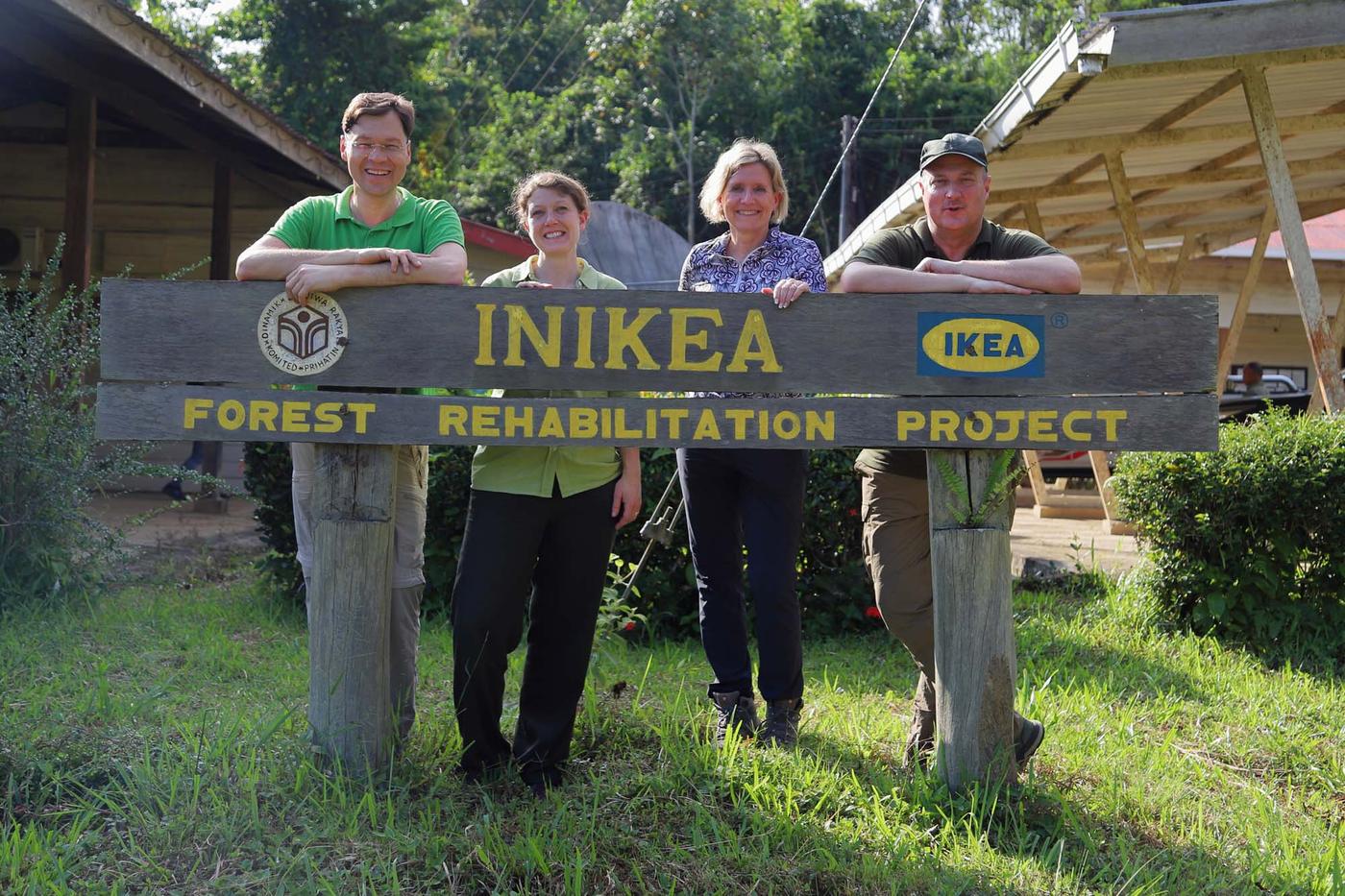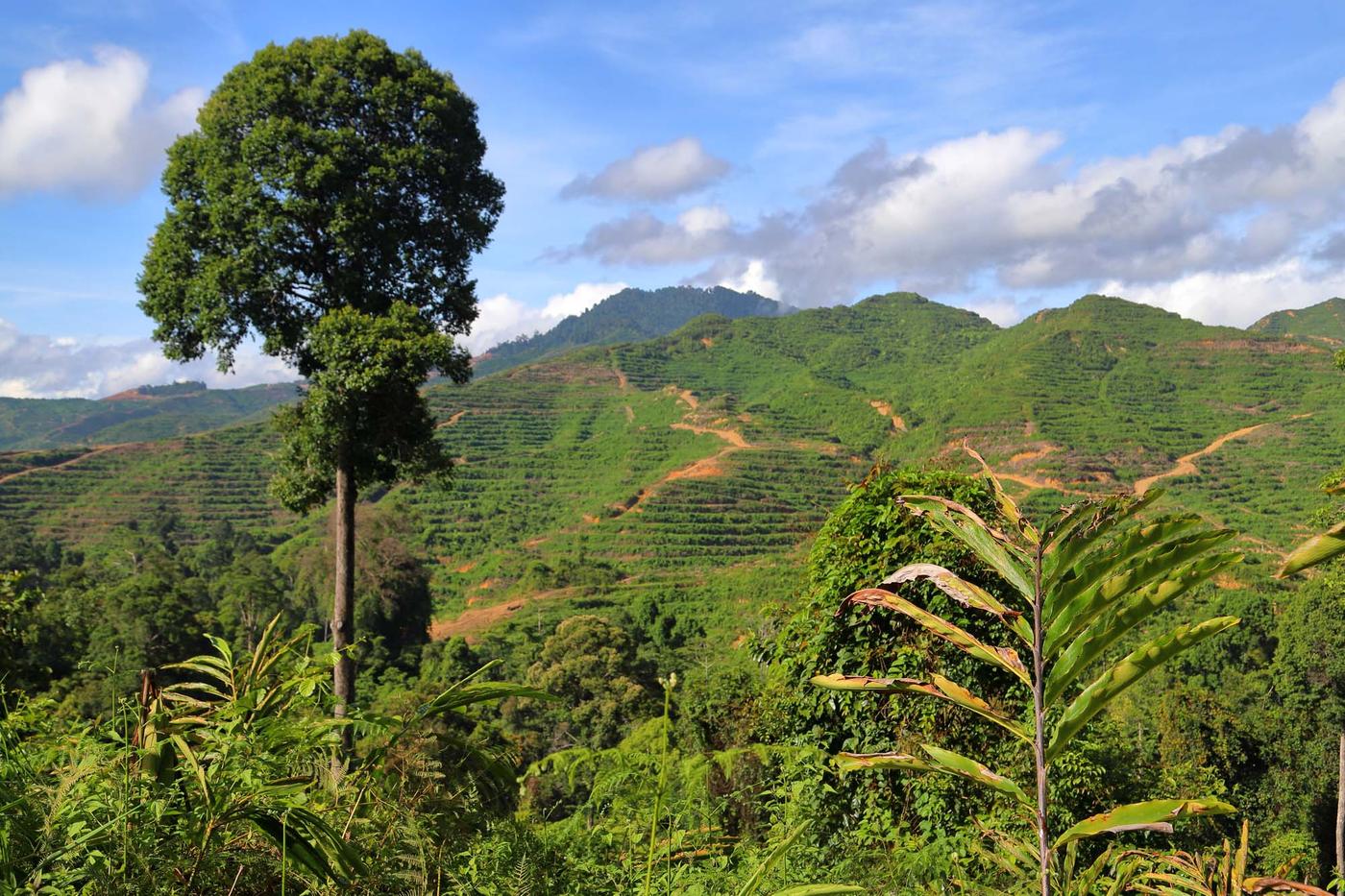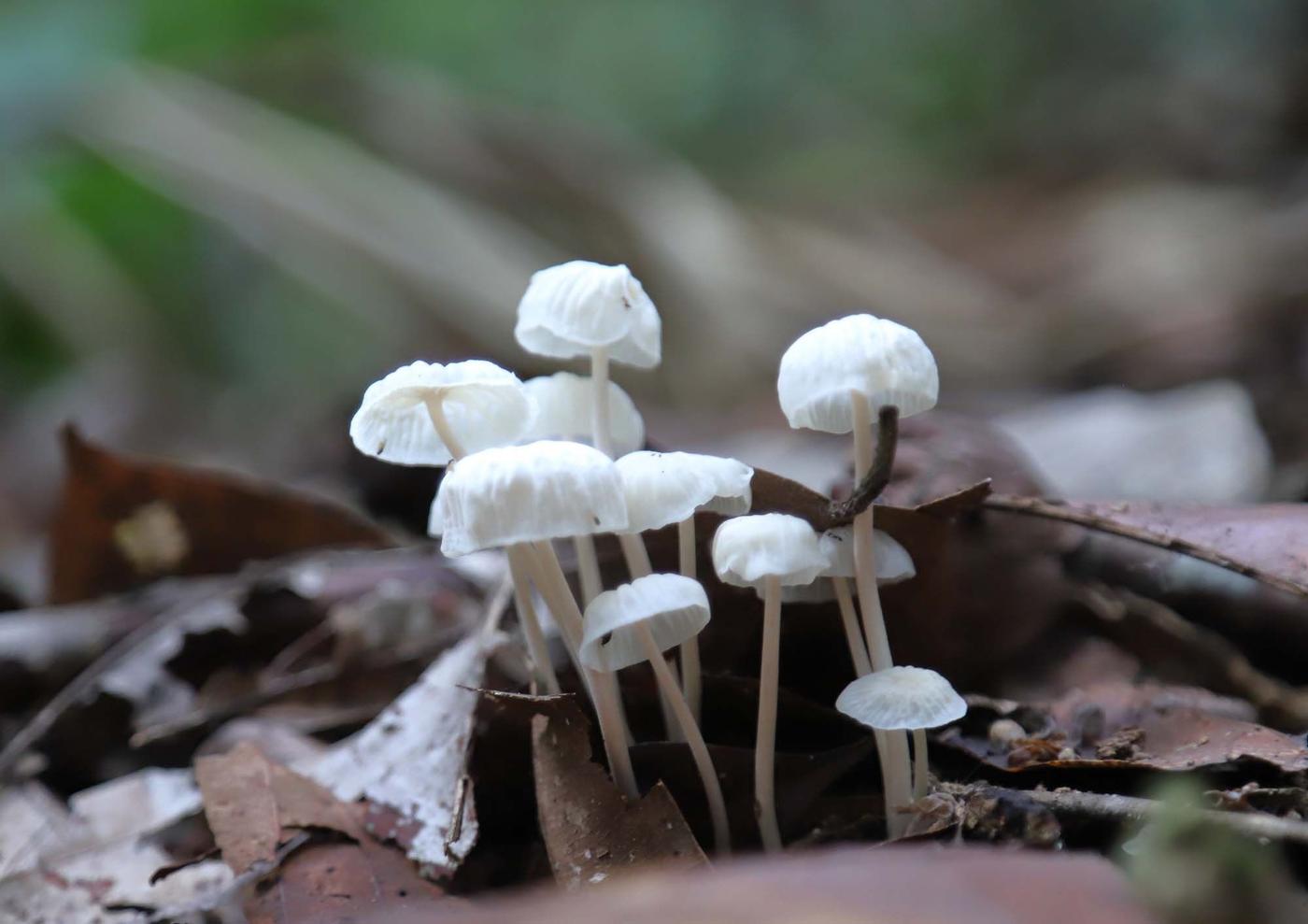
Our biodiversity agenda
The world is experiencing a crisis of biodiversity loss. Together with climate change, the dramatic loss of species, genetic diversity and ecosystems represents one of the greatest challenges of our time. Biodiversity is vital for a healthy and resilient world, and for human health and wellbeing.
The IKEA business both influences and depends on biodiversity across our operations, locations and diverse supply chains. We have an opportunity and responsibility to take action to both reduce our negative impacts and help contribute to the protection, improvement of biodiversity, as well as help mitigate the risks that biodiversity loss can have on our business.
Biodiversity intersects with many other sustainability challenges. We don’t have all the answers and will work collaboratively together with others, in a multi-stakeholder way, to support societal action to protect biodiversity.

Our ambition
We will reduce our contribution to biodiversity loss and safeguard our business by addressing key dependencies. We will lead initiatives and collaborate with partners to protect, improve and enhance biodiversity throughout our value chain and beyond.
While biodiversity loss is a global crisis, it’s also a local issue where each ecosystem is unique and faces individual challenges and solutions to the global drivers of biodiversity loss. We will strive to address these challenges with place-specific actions in combination with interventions that span our entire value chain.
We focus our efforts on three main movements:
- Reducing our contribution to biodiversity loss
identifying where we have negative impacts on biodiversity across our value chain and taking actions to reduce those impacts. - Building more resilient ecosystems for our business and beyond
working to protect, improve and enhance ecosystems vital for nature, the IKEA business and the millions of people living in the communities where we have influence. - Supporting societal action:
engaging with others to scale awareness and action on biodiversity.
Reducing our contribution to biodiversity loss
Taking action to reduce our negative impacts on biodiversity requires us to have knowledge and understanding of the impacts and support a collective effort across our supply chains.
We will continue our work to:
- Improving our ability to trace the raw materials we use, all the way to the source
The effects of human actions on biodiversity are local and context specific. Securing traceability in geographical areas, including where our raw materials are sourced, is critical to enable us to assess, mitigate, remediate (where necessary) and safeguard impacts on biodiversity in accordance with regulatory requirements. - Securing no deforestation and conversion of natural ecosystems across the IKEA value chain
One of the main drivers of biodiversity loss is degradation and conversion of natural ecosystems. Securing that we are not contributing to deforestation and conversion of natural ecosystems throughout our value chain is a starting point. We are working to prevent deforestation and are actively engaging in reforestation and afforestation efforts which are vital for preserving biodiversity and ecosystems. - Reducing our pollution load on nature
Pollution is harmful to biodiversity, altering living conditions in ecosystems. We now need to accelerate action beyond production processes and restricting harmful chemicals in our products.
Working with suppliers to reduce negative impacts
We include biodiversity considerations in our IKEA supplier code of conduct, IWAY. Through this, we restrict business activities in areas of high conservation value and also encourage IKEA suppliers to include biodiversity considerations in their work.


Forests are crucial for biodiversity
Preventing deforestation and actively engaging in reforestation and afforestation efforts are vital for preserving biodiversity and ecosystems.
Protecting and improving biodiversity is an area of focus in the IKEA Forest Agenda 2030, and we continue to lead projects and collaborate with others to enhance biodiversity globally, going beyond our own business.
Building more resilient ecosystems for our business and beyond
As a business that depends on raw materials from nature, we need to address current and future changes in biodiversity and build more resilient ecosystems vital for nature, the IKEA business and the millions of people living in the communities where we have influence.
We will do this by:
- Scaling responsible and regenerative approaches to land use
From our raw materials to our customer meeting points, we will scale sustainable land management practices across our value chain to support protected, improved and enhanced biodiversity. - Protecting, improving and enhancing biodiversity within our value chain and beyond
In addition to land-use, we see opportunities to integrate protecting, improving and enhancing ecosystems, species and genetic variety in our value chain and beyond, delivering environmental, social and business benefits. - Safeguarding our business through biodiversity
We will consider current and future changes in biodiversity in our analysis and proactive planning to safeguard the IKEA business from disruptive risks. Solutions based in nature can address challenges such as resource shortages, flash flooding, landslides, and droughts.

Sow a Seed, 25 years of IKEA-funded rainforest reforestation
Over the span of more than 25 years, together with our partners, we have protected 18,500 hectares of heavily degraded rainforest in Borneo, Malaysia. This number includes the restoration of over 14,000 hectares. Through the project, two million seedlings of more than 90 different native species have been planted, and as of 2021, it was concluded that the rainforest is now regenerating on its own. Sow a Seed is one of the world’s largest and longest-term tropical rainforest ecosystem restoration projects. It is conducted in partnership with the Swedish University of Agricultural Sciences and the Sabah Foundation, a Malaysian government organisation.


Collaborating to enhance biodiversity
WWF and IKEA have been collaborating for over 20 years to protect, manage and restore key landscapes, enhance biodiversity and go beyond net-zero across value chains, in a way that upholds the rights and needs of people. The partnership involves advocacy, improved practices and continued implementation around the globe.
Supporting societal action
No company or organisation can lead the movement to support biodiversity on its own. The systemic changes needed require us to work together, in a multi-stakeholder way.
We will support societal action by:
- Engaging with customers on biodiversity to inspire behaviour change
We will engage with our customers helping to increase awareness and action on biodiversity. We will offer products where environmental and social impact as well as circular capabilities have been considered. - Collaborating with others for societal change
We will work with internal and external stakeholders to better define the most critical collective actions we must take to protect biodiversity. We will support and use global frameworks and guidelines to drive consistent approaches to measuring, target setting and reporting for biodiversity. - Supporting science for fact-based actions
Science helps us understand how business, biodiversity, people and nature are linked, and we will continue to support scientific research with institutions like the Swedish University of Agricultural Sciences and the Kew Royal Botanic Gardens to inform evidence-based decision making.

Increased traceability for rattan
Historically it was impossible for industries to accurately identify the different types of rattan used in supply chains. Overharvesting of rattan from forests in Vietnam and Indonesia can threaten biodiversity and ecosystems by contributing to the potential extinction of some rattan species. Research initiated by IKEA and the Royal Botanic Gardens, Kew, proved that it is possible to get DNA out of rattan furniture and then identify the species comparing the DNA data from furniture to a reference database developed from Kew’s scientifically verified specimens of rattan.
Building upon this research IKEA carried out an increased number of rattan DNA tests from suppliers in Vietnam and Indonesia at a commercial laboratory in the US. Testing 63 samples, the laboratory successfully extracted rattan DNA using the testing protocol developed as a result of the research, marking the first instance where the entire rattan identification process has been carried out by a commercial test lab.
The results not only validate the effectiveness of this method but also enables other companies and commercial testing laboratories to test Rattan samples. Results indicate that IKEA suppliers only used species which IKEA has allowed to be used to produce its products.
Joining the call for biodiversity at COP16
At COP16, IKEA, in dialogue with leaders and communities, focuses on ways to safeguard and enhance biodiversity throughout the value chain and beyond by 2030.


Nature and biodiversity
Biodiversity is critical to nature, supporting ecosystem health and resilience. Read more about our approach to nature and how regenerating resources, protecting ecosystems and improving biodiversity come together for people and planet.

What is biodiversity?
Biodiversity is the variety of animals, plants, fungi, and even microorganisms like bacteria that make up our natural world. Each of these species and organisms work together in ecosystems to maintain, balance and support life. Biodiversity provides ecosystem services which support everything from food production and clean water to air quality, soil formation and recreation – all of which are crucial for sustaining life and human wellbeing as they underpin most aspects of our economy, health and survival.
A note on ‘nature’ and ‘ecosystems’
‘Nature’ is a term often used interchangeably with biodiversity. It includes all the existing systems created at the same time as the Earth, all the features, forces and processes, such as the weather, the sea and mountains. In other words, nature is all life on Earth (i.e. biodiversity), together with the geology, water, climate and all other inanimate components that comprise our planet.
‘Ecosystems’ means a complex of plant, animal and micro-organisms and the non-living environment on which they depend. Natural ecosystems like forests, peatlands and seagrass meadows play an important role in these nature-based solutions for carbon capture and storage. Protecting, improving and enhancing biodiverse and natural spaces are essential to limiting carbon emissions and to mitigate and adapt to climate change.
